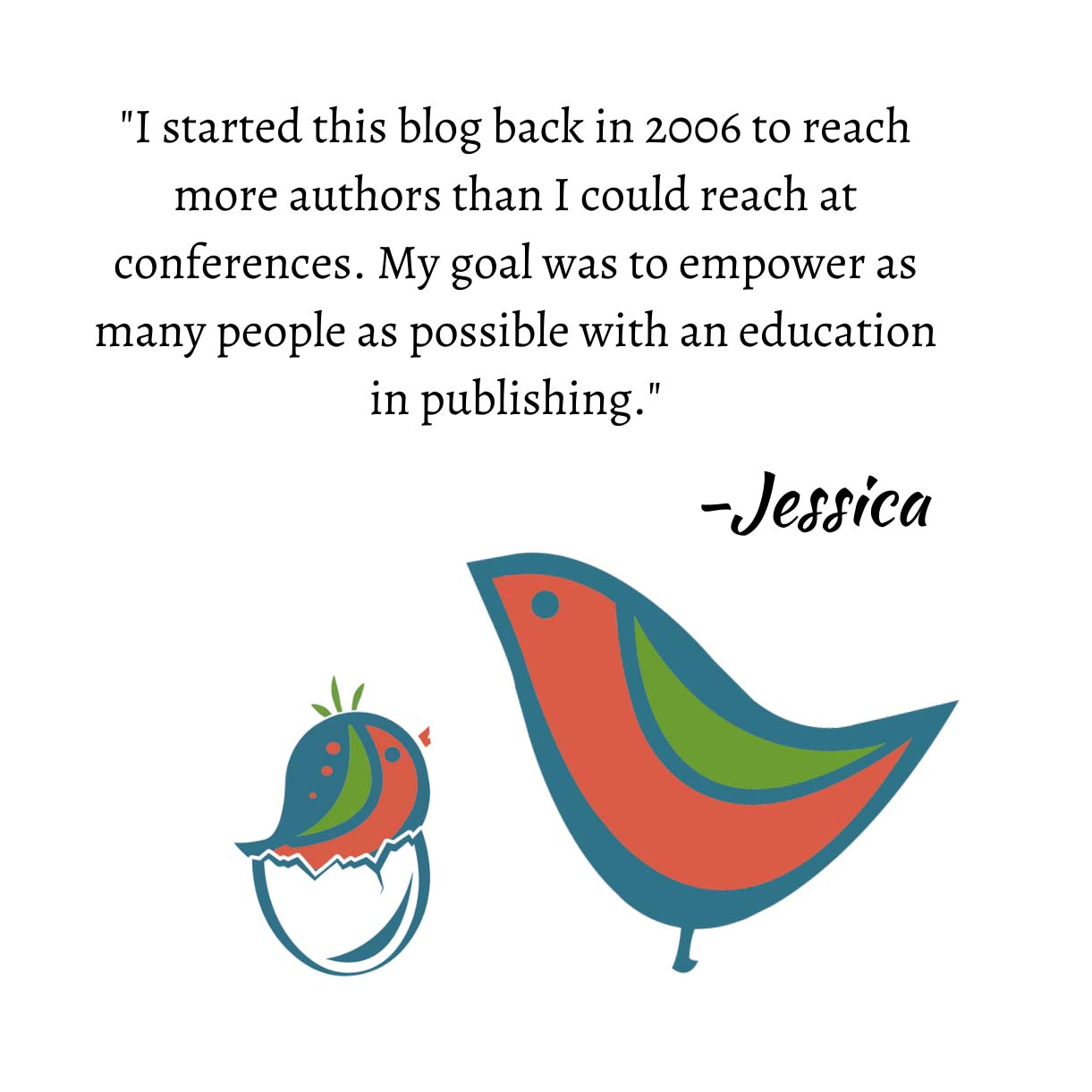Why Literary Agents and Editors Love Track Changes
- By: Jessica Faust | Date: Dec 03 2015

Recently I sold a book that went through rounds of edits with the author. She was a champ and never once complained. Together we worked to make that book sing and together we sold that book and are so proud and thrilled with what we accomplished.
I work differently when editing every book. It depends on the author, the editor, the book and what the project needs. In this case, I marked up the manuscript using track changes and comments and included an email with some of my over-arching concerns or some warning of what the author should expect when she opened the file.
The beauty of track changes is that I didn’t need to read the entire book each and every time I looked through it. I only needed to skim to see where changes were made and to see if they worked. After three or four reads I don’t need to keep reading the entire book. In this case, for some reason, we nailed down the first third of the book first so as I was hitting the third round of revisions I knew I could skip that material and simply read the passages she changed or deleted toward the end. This made the process faster for both of us and probably saved her a lot of angst since I wasn’t trying re-edit areas that we both already felt good about (it’s been known to happen).
I know track changes can get messy for the author, it can even get messy for the editor. The way we worked is she would start each new round of revisions on a clean manuscript so previous changes, those we’d already finalized, could be saved and we were only looking at the most recent material. It worked great in this case.
If you’re passing your manuscript on to your editor or agent using track changes can really help everyone through the process. Not only does it make things faster for your editor/agent, but it means you don’t have to read the entire book through each round of revisions. That way, when you both agree revisions are done, you can give the entire book a fresh read before submitting and it really does feel fresh.

As someone who got an advanced degree in English back in the day, using a portable typewriter, five gallons of Wite Out, and ten times that of bourbon, I equate track changes with unicorns, rainbows, and fairy godmothers bearing chocolate. I’ve become a track-changes snob and base my level of respect for editors and beta readers on their understanding of this tool–or at least their willingness to learn. Your method sounds perfect!
As an author, I adore track changes. I’ve had work edited by people who don’t use track changes and the difference between the two processes is night and day. I much prefer track changes than any other method. I find it to be more organized and faster than any other method.
I love track changes, I use it when I’m working on my own corrections.
It allows me to make either big or small changes, then sit on the idea for a few days. When I go back, it’s clear if the changes work, the original was better or if it still needs work.
My CPs and I always use track changes. It works a treat. You can’t miss any suggestions (even a lone comma) and the fact each change is time stamped helps.